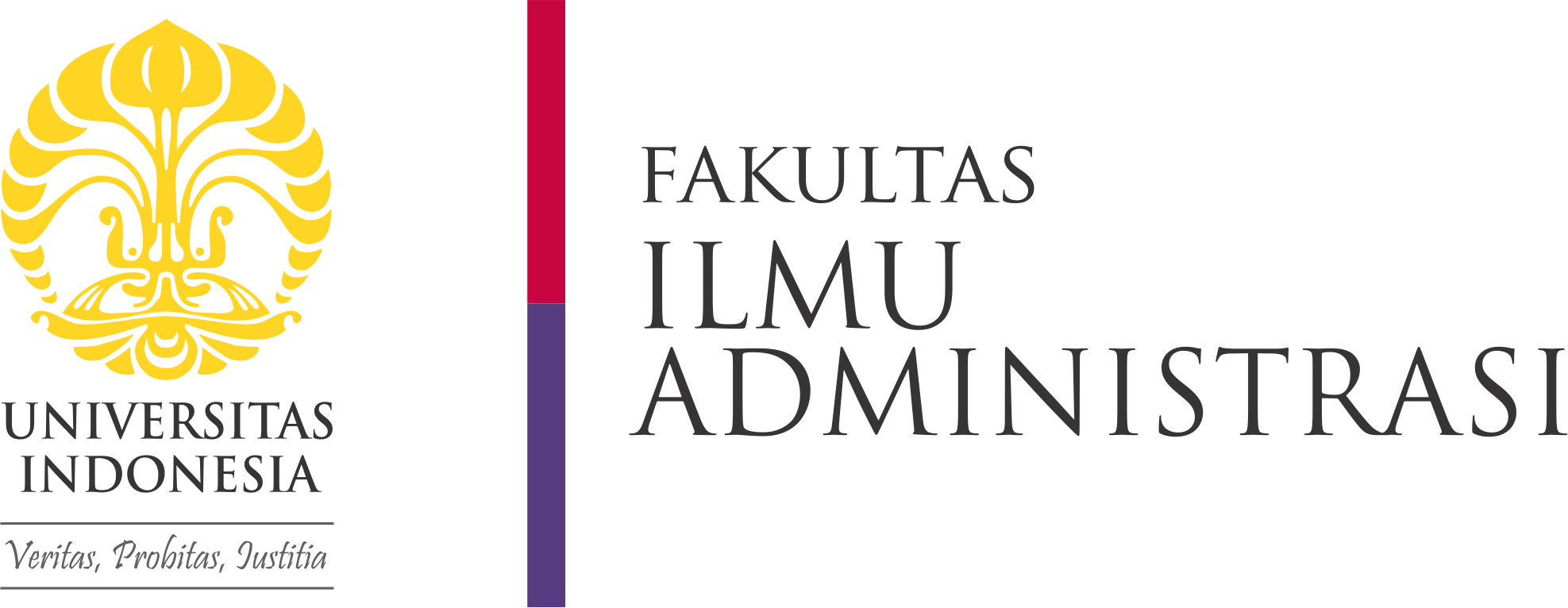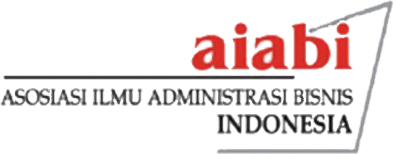Abstract
The information and communication technology universal service obligation (ICT USO) was an instrument of the policy of the government in order to overcome the ICT development gap. Unfortunately, this instrument could not providethe most favorable value to the community due to the lack of synchronization between the Central Government and the Local Administrations in the ICT USO activity. With the use of the institutional-based view (IBV) theory, which was enriched withthe New Institutional Economic Sociology (NIES), this study used the soft systems methodology based-action research that was enriched with social network analysis. The results of this study showed that (1) the governance structure in the ICT USOactivity did not run well; (2) the absence of the synchronization of the ICT USO activity between the central government and the local administrations; (3) the absence of the harmonization of the relations between BP3TI with the local administrations;(4) the lack of the involvement of the local administrations including the social institution of the community as the intermediary organization. Subsequently, there was a necessity for a strategy in the formulation, the implementation, and the control in theICT USO activity on the mechanism of the dynamics of relations between government levels so that it could provide the best service to the community. Therefore, the development of an efficient ICT USO would encourage the realization of a prosperousinformation community with high levels of competitiveness. Meanwhile, the contribution of the novelty in this research paper was to answer the strategic restructuring on various levels of policy-micro, meso, and macro in developing a governancestructure that could synchronize the strategy in the ICT USO activity with the hybrid of IBV and NIES.
Recommended Citation
Wilopo, Wilopo and Fitriati, Rachma
(2016)
"The Institutional Governance in the Strategic Restructuring of the Information and Communication Technology Universal Service Obligation to Strengthen National Competitiveness,"
BISNIS & BIROKRASI: Jurnal Ilmu Administrasi dan Organisasi: Vol. 22:
No.
3, Article 6.
DOI: 10.20476/jbb.v22i3.6441
Available at:
https://scholarhub.ui.ac.id/jbb/vol22/iss3/6





